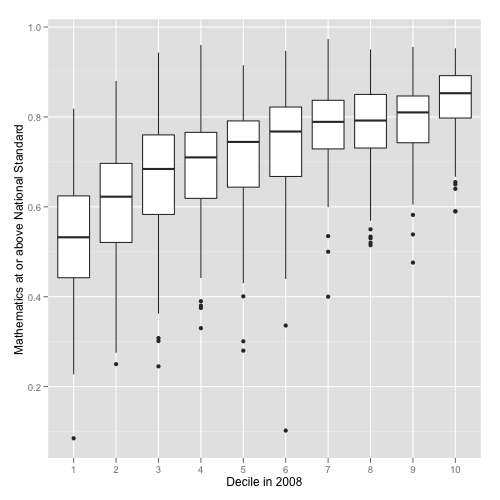Coincidences
There’s a been a lot of coverage around the world of the Oksnes family in Norway: three of them have won significant sums in the lottery, all three at times close to when one family member, Hege Jeanette, was giving birth.
We’ve been asked what the probability was. This isn’t even really a well-defined question, because it’s hard to say what would count as the same event. Presumably a different Norwegian family would still count, and probably a Chilean family. What if the family members won near their own 30th birthdays rather than near the time their child/niece/nephew was born? Or if they’d each won on the day they graduated college? If we can agree on what counts as the same event it’s then hard to work out the probability because we’d need data on number of lottery players all around the world, and on how many of them had children.
There are some things we can compute. Suppose that there is one lottery prize a week in Norway, and that about 1 million of the country’s 4.9 million people play. Divide them up into groups of six people. The chance that three prizes end up in the same group of six people over ten years would be about 1.5 in ten thousand. Extending this to the whole world, it’s pretty likely that three people in the same family have won. That doesn’t cover the pregnancy, which restricts us to three periods of a few weeks in the ten years. Suppose we say that it’s three three-week periods that would give a close enough match. The chance of all the wins lining up with the births would be about five in a million. So, if we specified that the coincidence had to be about giving birth, it’s pretty unlikely.
Alternatively, we could ask how likely is it that a coincidence remarkable enough to get reported around the world would happen in a lottery. The probability of that is pretty high, and we can tell, because lots of unlikely lottery coincidences do get reported.
Finally, we could ask what is the probability that the coincidence was really just due to chance. The answer to this one is easy. 100%.

